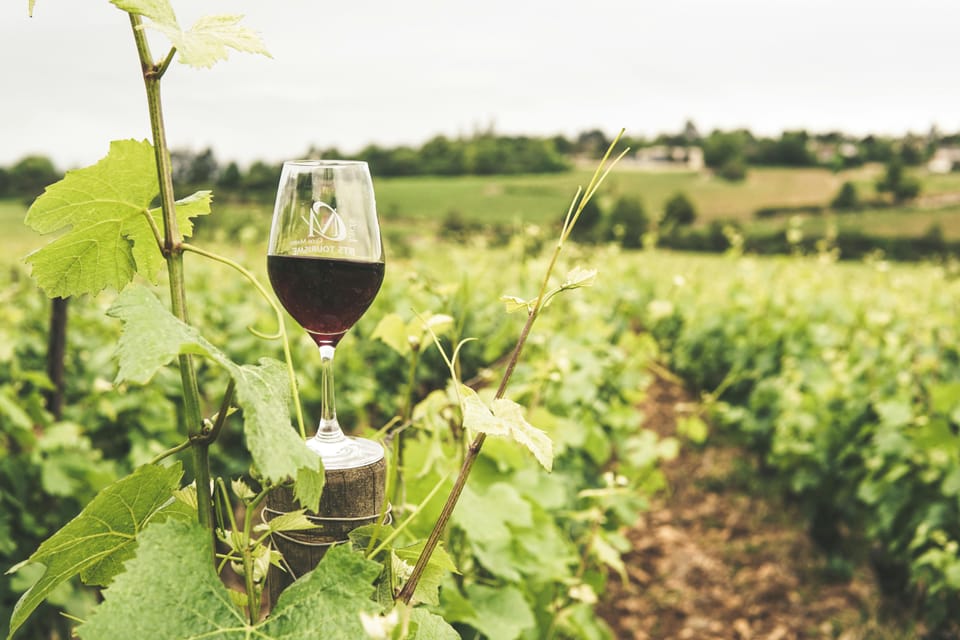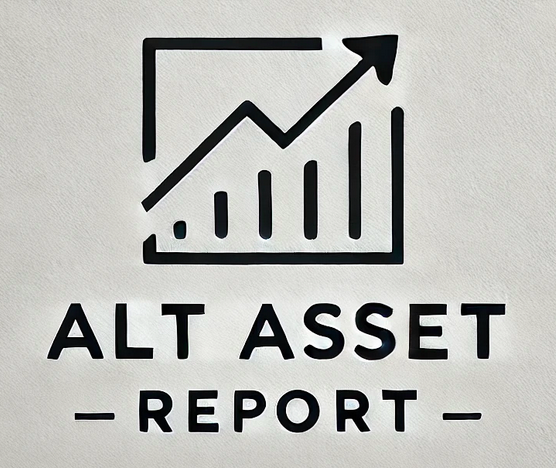Alt Asset Report #001 - Wine
Discover the trends, sources, and information needed to start or grow your wine investment portfolio.

Overview
- Alcoholic drink made from fermented grapes.
- Earliest evidence of wine production is ancient China around 7000 B.C.
- Made in nearly every country, “Old World” and “New World”
- Old World covers longest producing areas (Italy, Spain, France, and Germany)
- New World covers all other regions (US, Australia, and Chile)
- Different types of grapes produce different flavors and colors
Investment Hypothesis
- Culturally-significant hobby while building value over time
- Reasonable entry points as small as $1000 to start a collection
- Long history and well-developed secondary market
- Accredited experts (i.e. sommeliers) provide expertise
- “If I lose interest, I can still drink it.”
Investment Factors
- Region - Where the grapes were grown.
- Vintage - The year the grapes were grown certain years have better weather patterns and make more delicious grapes/wine.
- Winery - Each winery uses their own unique style to make wine.
- Vinovest CEO - What Is Investment-Grade Wine?
- Strong critic score: Average score of 95% or higher from wine critics.
- Age-worthy: Proper acid, sugar, tannin and alcohol levels to develop secondary and tertiary flavors over several decades.
- Scarcity: Wines become more investment-worthy as the supply diminishes.
- Robust brand equity: A prestigious reputation can persuade investors into paying a premium for investment-grade wines.
- Favorable vintage: Great wine requires great weather, soil, and environment
Bull Trends
- Growth in natural wine - Additive-free in both the growing and fermentation
- Drizly: Organic wine sales totaled $154 million, compared to just $27.2 million for the 52 weeks ending March 25, 2017.
- Exploding Topics: 217% growth in searches for “natural wine” over 10 years
- Traditional processes - Making everything by the standards of a specific historic era
- Average wine consumption per United States resident was 3.18 gallons in 2021, up from 2.34 gallons in 2005.
- A large portion of this growth is cheaper "table wine" like Barefoot, Sutter Home, and Franzia.
- Climate change making great wine more scarce
- Gen Z's favorite brands differs from other generations, with Lindeman's, Real Sangria, and Charles Shaw the most popular.
- New regions - Countries like Ireland, Japan, and Poland will see better growing conditions. Scandinavia already has.
- With changing climate, new growth regions will emerge.
- Fruit wine - Wine from non-grape fruits like pineapple, orange, blueberry, elderberry, and more.
- Beer accounts for 40+% of the US market, but is falling and provides and opportunity for wine growth.
Bear Trends
- The sales share of wine among alcoholic beverages held at about 17 percent in the United States from 2010 to 2020. It declined to about 16 percent in 2021 and did not rebound in 2022.
- Millennial and Gen Z don’t care about wine/alcohol.
- Generation Z spends 19% of alcohol dollars on wine, compared to 35% on spirits and 42% on beer, flavored malt beverages, and hard seltzers.
- Pre-mixed cocktail sales grew 42% in 2021, showing another strong alternative to consuming wine. More options for alcohol consumption may lead to lower wine demand over the long-term.
- Growth of non-alcoholic beverages could lower demand and value.
- Potential impact of climate change on historically valuable regions and brands.
- If big money leaves the market, price support may follow.
- Broader market may lead to fewer true winners.
Marketplaces
- VinoX.io - Blockchain-based wine exchange
- Vinuage.com - Professional wine investment
- Vinex - Bulk wine B2B platform
- Vinovest - Build you a custom portfolio for as little as $1000
- Liv-ex - Wine trading and data platform
- Acker Wines - The largest global wine auction house.
- WineBid - Buy & sell wine in weekly online auctions.
- Vinfolio - Pairing world-class wine expertise and best-in-class technology.
- Aston Lovell - Buy & sell fine wine at trade prices, through Liv-Ex.
- Sell Your Callar - Wholesale wine selling. Selling-only platform.
- Estate Wine Brokers - Sell your wine collection. Selling-only platform.
- ShareWine - Buy and sell fine wine.
- EpicCellars - Buyers of wine and champagne.
- Sotheby's - Famed auction house with fine wine options.
- Zachys - Wine and spirits auctions
Investment Types
- En Primeur Wine - Investors can purchase “future” wine, or wine still in the barrel. Helps to lower investment costs and provides higher future upside. On the other hand, you need a place to store all the wine.
- Curated portfolio - Companies like VinoVest will build a portfolio specifically for each individual investor. It is a hassle-free way to get involved in fine wine.
- Individual bottles - Buy a fridge, or have a cool basement, and start collecting! This is the cheapest way to get involved.
- Auction house - High-end auction houses (like Sotheby’s and Zachys)
Investment Guides
- Business Insider - How to invest in wine as a beginner
- Money Made - How to Start Investing in Wine (For the Rest of Us)
- Smart Asset - Here’s How to Invest in Wine
- Wine Folly - Making Money with Wine Investments
- Finance Buzz - Investing in Wine: A Beginner’s Guide to Getting Started in 2024
- Morgan Stanley - How to Invest in Wine
- Forbes - Investing In Wine: What Financial Advisors Need to Know
- InvestaGuide - What Makes a Wine Investable?
- Wine Enthusiast - Wine for Beginners
- Silicon Valley Bank - State of the US Wine Industry 2024
- Climate Central - Climate Change and Wine
Industry Sources
- American Wine Society - Wine evaluations and scores
- Robb Report - Luxury and lifestyle magazine
- Liv-ex - Wine indices and market prices
- Decanter - Wine reviews and news
- Wine Enthusiast - Wine ratings and advice
- Wine Advocate - Consumer advice from wine expert Robert M. Parker, Jr.
- Wine Spectator - Wine ratings and analysis
- Vin-X - Investment guides and asset research
- WineBlueBook - Wine information, reviews, and news
